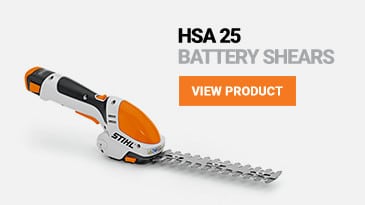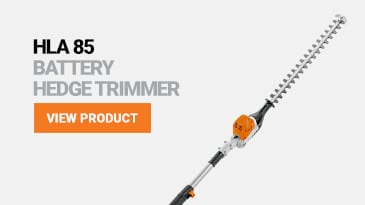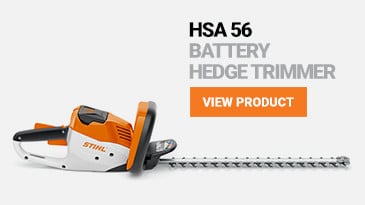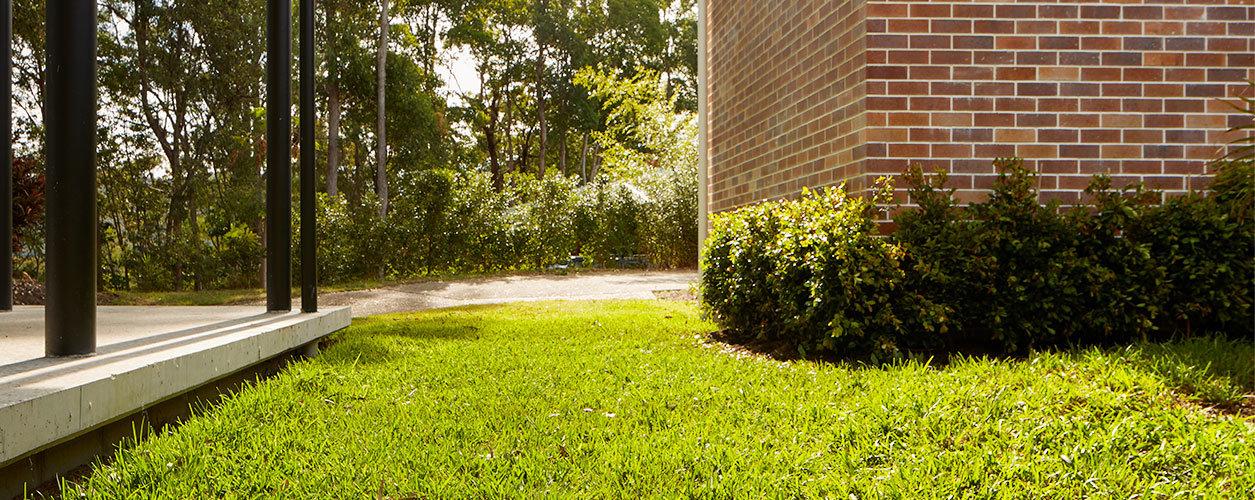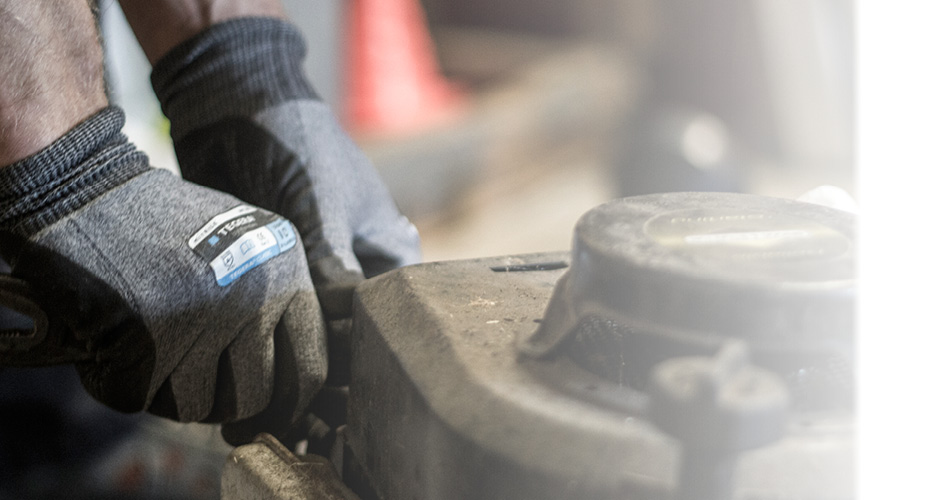Welcome to week 2 where you will have a look at shrub and hedge trimming and see how easy it is to get the job done when you have the right tools. Drop in to visit us to discuss your individual needs.
Week 2
Week 2
Shrub and Hedge Trimming
Once the trees and larger shrubs in your garden have been trimmed and shaped, its time to tackle the smaller shrubs and the hedges. Your garden will come alive as the weather warms up, and will start to grow like crazy. The growth of most plants and lawn slows down considerably through Winter, with little or no trimming required. As we hit September, it is important to get stuck into the trimming before it gets out of control.
Hedges are a part of the garden that will need attention once the Spring growth spurt has hit. Hedges add such beautiful structure to the garden, either defining an edge, lining a pathway or driveway, creating privacy from a neighbour or road, or dividing your yard into separate rooms. There are a huge number of plants used for hedging, and all grow at different rates and to different heights.
The advantage of regular hedge trimming is that you will end up with a nice dense hedge. Trimming off the tips (or ‘tip pruning’) allows more light and airflow deep down into the hedge, and encourages new lush growth the whole way through the hedge.
Keeping hedges neat also gives your whole garden a well-maintained feel. After Winter, the initial hedge trim will remove the old Winter growth, and take the hedge back to the soft-tipped foliage. The size and type of hedges in your garden will dictate the hedge trimmer that is right for you. The STIHL Lithium-Ion and Lithium-Ion Compact ranges of battery powered hedge trimmers are perfect for hedges such as Japanese Box (Buxus Microphylla), or the more shrubby hedges of Gardenia Florida, or Native Rosemary (Westringia Fruticosa).
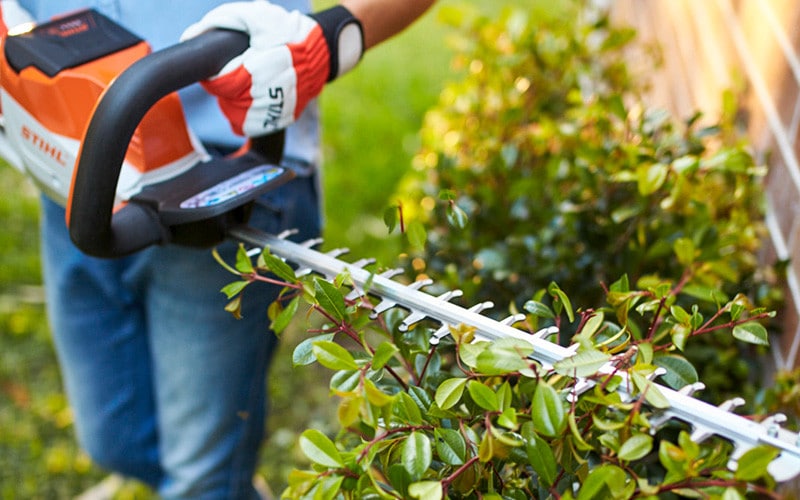
If your hedge has become a bit unruly or out of shape, you can cut most of your hedges back into the wood (this means removing the soft foliage). This ‘hard prune’ should be done with a larger petrol hedge trimmer or even a small chainsaw. STIHL’s PRO range of battery powered hedge trimmers are also up to the task and are nice and quiet too. The initial hard prune may make the hedge look a bit ‘woody’ or open, but don’t worry, as the fresh growth comes back within a few weeks your hedges will fill out again in no time.
For the medium sized hedges such as your Murraya Paniculata or Viburnum varieties, a petrol or PRO range battery hedge trimmer is also suitable. These will cut through twiggy growth and small branches easily, as well as the softer foliage on the tips. Ensure the blades are kept sharp as you want nice clean cuts, especially for some of the larger leaf hedges like Viburnum Odoritissimum.
Taller hedges, which will mostly be used as a privacy screen and/or to cover fences need regular trimming too. Common species such as Lillypilly (Syzygium Australe ) or the conifer Leighton’s Green (Cupressocyparis Leylandii) produce lots of soft-tipped growth through the warmer months, so you’ll need to keep on top of them to ensure they stay neat and tidy. Rather than a ladder, a long-reach hedge trimmer is perfect for these bigger hedges. Trim the sides and tops, utilising the telescopic shaft and adjustable head angle to trim flat along the top of the hedges. Trim to get a sharp corner and nice flat sides. Continual hedging through the year will result in a healthy, dense looking hedge.
The long-reach hedge trimmer is also handy to trim vines and creepers. Often used to cover a shed roof or fence, or climb up the side of a building, access to trim these vines may often be tight. Vigorous growers such as Bougainvillea or any of the Jasmine varieties will need a few trims through the hot part of the year, and now is a good time to give them a hair cut.
Shaped topiary balls and cones also add structure and can act as decorative features to your garden. Often used on either side of an entrance way, gate, around borders, or as focal points, they will work in the ground or in large pots, and are common on balconies and front porches. STIHL’s battery powered garden shears are perfect for topiary balls and cones as they are super light and allow you to trim to the finest detail! As topiaries are often a focal point of your garden, they can be trimmed every few weeks to keep them looking manicured.

Quick Tips:
- As well as the regular trimming, to keep topiaries looking full, spin the pot 90 degrees every few months. This allows all parts of the plant to get an even amount of sunlight.
- Don’t forget to give your blades a quick spray of STIHL Super Clean to remove any sticky plant residue and keep them clean and sharp.
- If the blades are looking a little dull or damaged, visit your local STIHL Specialist for a quick sharpen.


